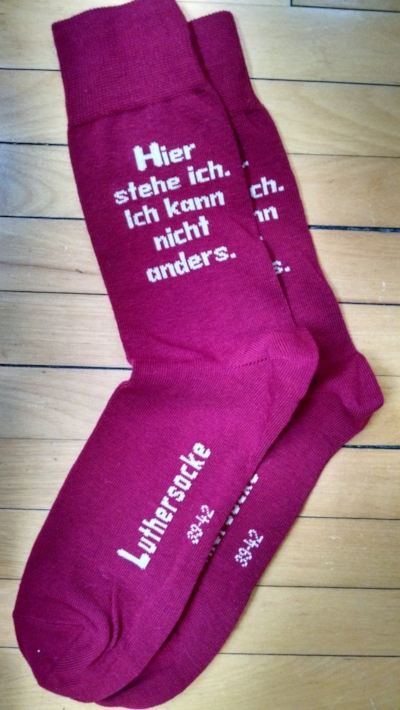The Oromo people of western Ethiopia received the gospel from freed slaves.
It wasn’t like foreign missionaries hadn’t been trying. They had, for years. One setback after another prevented them from reaching the enormous tribe whose language is the second-largest indigenous one in use in Africa. And it certainly didn’t help that the Amhara emperors and their vassal kings were in the process of conquering Oromia at the very same time.
But just as Joseph’s sale into slavery ultimately meant the salvation of his people (Genesis 37), so did the enslavement of many Oromos. One particular Oromo boy named Hika, whose name prophetically meant “translator,” lost his father and therefore his protection at the age of four, whereupon he was kidnapped by a slaver. Over the next dozen years, he was stolen twice and sold four times, though one master was kind enough that the boy willingly took the man’s surname Nesib as his own.
His horrific existence ended in 1870 when a Swiss explorer and diplomat named Werner Münzinger bought him and turned him over to the care of the Swedish Evangelical Mission, run by Pastor Bengt Peter Lundahl in Massawa on the Red Sea coast in present-day Eritrea. No longer a slave but a student, he threw himself wholeheartedly into his studies and the faith of his liberators. At his baptism on Easter day in 1872, he took the Christian name Onesimos, after the runaway slave that St. Paul had liberated and sent home free to be reconciled to his master Philemon.
Onesimos found his new community among not only the Swedish missionaries in Massawa but also many other freed Oromo slaves. Despite having left his homeland at such an early age, his one passion was to return and share the gospel with his own people…
Read more

